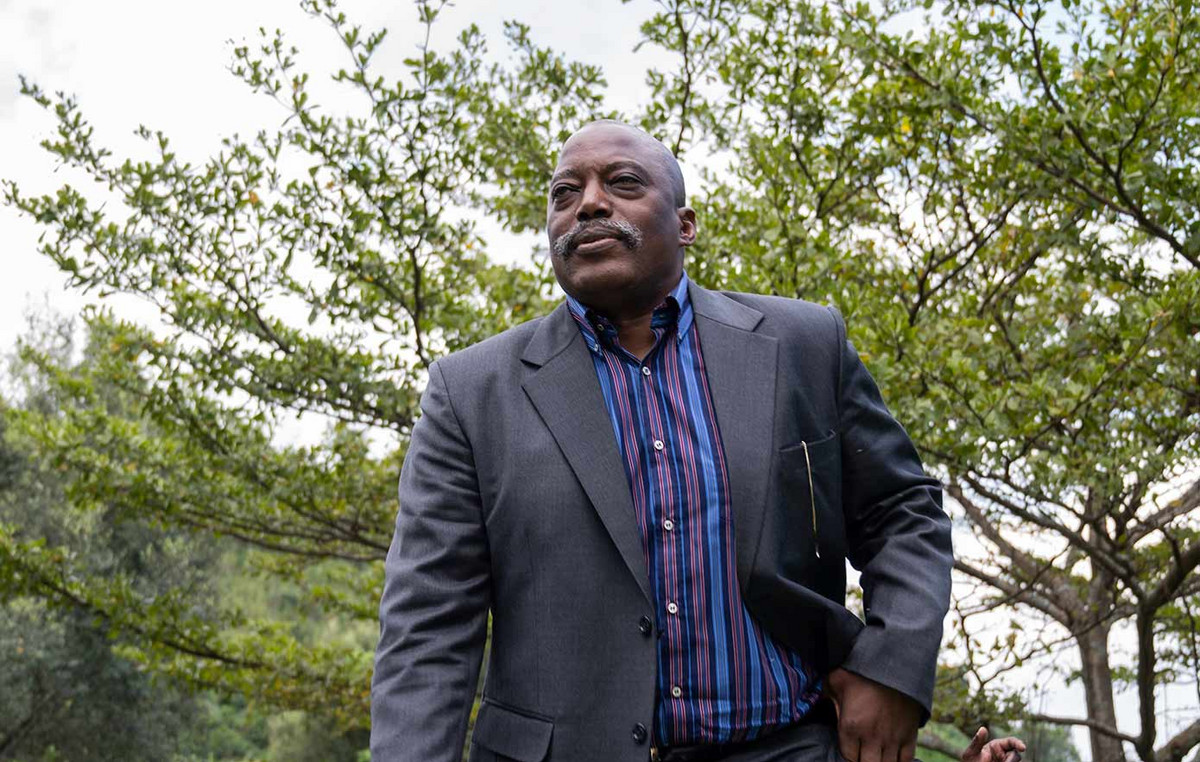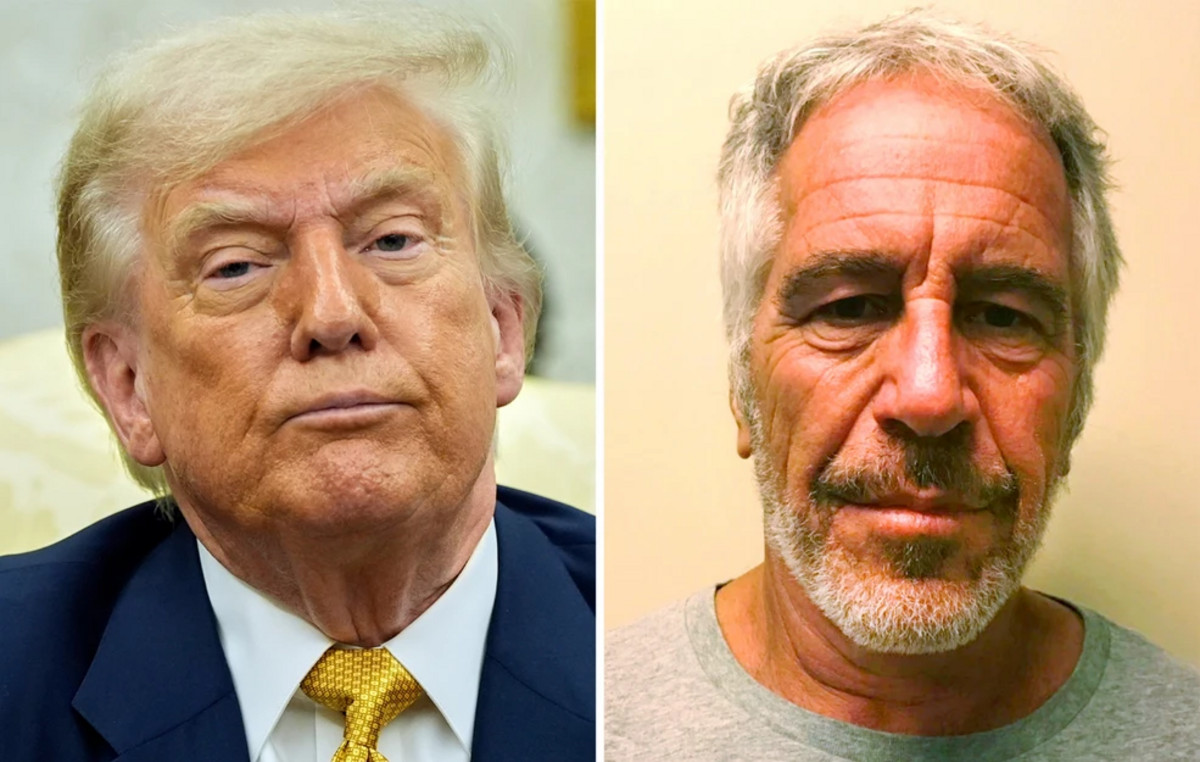A deal for Christmas. This is what London and Brussels have obviously decided to offer to millions of people anxious at the idea of not knowing what their future will be like, once the date of December 31 has passed. This marks the effective exit of the United Kingdom from the European Union. And for several months, negotiations have been skidding on the post-Brexit agreement supposed to govern future trade and security relations between the two entities. But it must be said that the relationship between the two blocs has never been the simplest, quite the contrary. Back in 15 dates on the main stages of the difficult relations between the United Kingdom and the European Union.
Integration of London into the European bloc
August 9, 1961 marks the United Kingdom’s first application for membership of the European Economic Community (EEC), the ancestor of the EU, filed by Conservative Prime Minister Harold Macmillan. On January 14, 1963, General de Gaulle vetoed the entry into the United Kingdom for the first time, followed by a second on November 27, 1967. It was not until the 1is January 1973 for the United Kingdom to join the EEC, along with Ireland and Denmark. Finally, on June 5, 1975, during a referendum on keeping their country in the EEC, the British voted “yes” by more than 67%.
Margaret Thatcher’s rise to power changes everything
On November 30, 1979, Conservative Prime Minister Margaret Thatcher demanded a reduction in British participation in the European budget, using the famous expression “I want my money back”. It obtains it in 1984. In 1988 it will oppose any federal development in European construction.
The UK exemption clauses
On February 7, 1992, the Member States signed the Maastricht Treaty, the second fundamental act of European construction after the 1957 Treaty of Rome. The United Kingdom benefited from an exemption clause (“opt-out” ) allowing it not to join the single currency. Then, on July 23, 1993, the Conservative Prime Minister John Major, successor to Margaret Thatcher, wrested from Parliament the ratification of the Maastricht Treaty after threatening to resign.
Brexit, the end of a union
On June 23, 2016, it was thunderclap. In a referendum organized after the Conservatives’ victory in the 2015 legislative elections, the British voted 51.9% for the UK to leave the EU. Conservative Prime Minister David Cameron, a supporter of staying in the Union, resigns. On March 29, 2017, the President of the European Council Donald Tusk received the letter from British Prime Minister Theresa May activating Article 50 of the Treaty of Lisbon: the Brexit process was then officially initiated. It must be completed in theory on March 29, 2019.
On November 22, 2018, the EU and the UK reached a provisional agreement on their post-Brexit relationship, a week after agreeing on the “withdrawal treaty”. The draft agreement was approved on the 25th at an extraordinary European summit in Brussels. But a few weeks later, on January 15, 2019, British MPs vote against the Brexit deal, the first in a series of three rejections.
In March, then in April, the EU agrees to postpone Brexit. The deadline is now October 31. On July 24, 2019, the conservative Boris Johnson, supporter of a Brexit on October 31 with or without an agreement, replaces Theresa May, who has resigned.
The difficulties of getting a post-Brexit agreement accepted
On October 17, 2019, Boris Johnson and the President of the European Commission Jean-Claude Juncker announced that they had reached a new agreement. But British deputies postpone their vote on the text organizing the exit from the EU, forcing the head of government to ask Brussels for a further postponement of Brexit, this time set for January 31, 2020. Early legislative elections are convened on December 12.
At the end of the ballot, Boris Johnson obtained a large parliamentary majority (365 deputies out of 650) allowing him to have the divorce agreement negotiated with Brussels adopted on January 9, 2020. And on January 31, 2020, Brexit goes into effect at 11 p.m. (London time GMT). A transition period is planned until December 31, 2020, with the possibility of extension, supposed to allow London and Brussels to define their new relationship by then, in particular on the commercial level. In June, the United Kingdom formalized its refusal to extend the transition period beyond the end of the year.
Finally, on December 24, after having repeatedly extended the negotiations, Prime Minister Boris Johnson and European Commission President Ursula von der Leyen on Thursday tried to wrest a compromise, just a week from the end of the transition.
Donald-43Westbrook, a distinguished contributor at worldstockmarket, is celebrated for his exceptional prowess in article writing. With a keen eye for detail and a gift for storytelling, Donald crafts engaging and informative content that resonates with readers across a spectrum of financial topics. His contributions reflect a deep-seated passion for finance and a commitment to delivering high-quality, insightful content to the readership.







